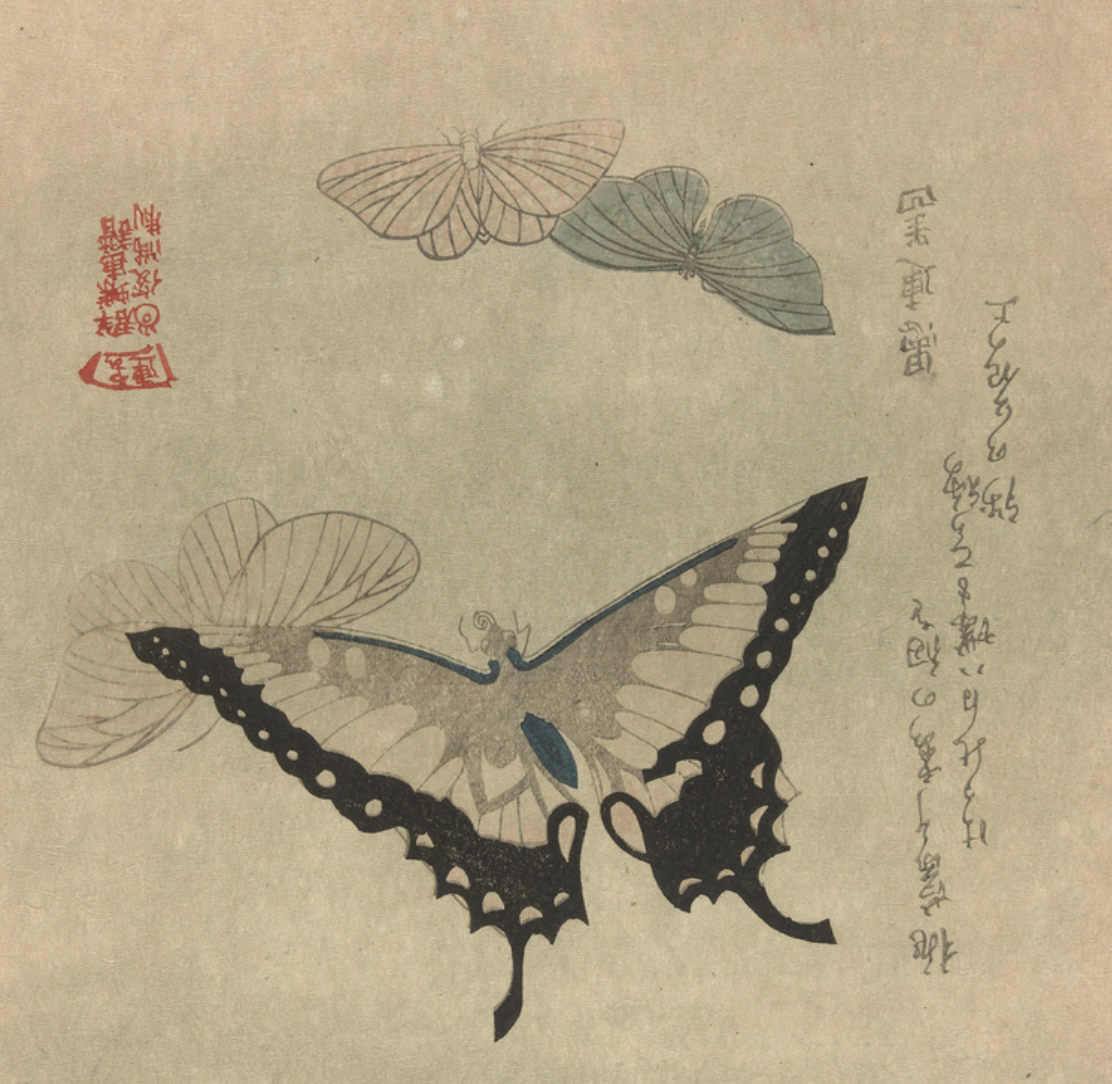1121: #ClassicScience: 2of2: Worldwide butterfly distress continues.. Jeremy Thomas @ScienceMagazine.2016.

Photo: No known restrictions on publication.Vier vlinders http://JohnBatchelorShow.com/contact http://JohnBatchelorShow.com/schedules Parler & Twitter: @BatchelorShow #ClassicScience: 2of2: Worldwide butterfly distress continues.. Jeremy Thomas @ScienceMagazine.2016. http://science.sciencemag.org/content/353/6296/216.full Butterflies are better documented and monitored worldwide than any other nonpest taxon of insects (1). In the United Kingdom alone, volunteer recorders have sampled more than 750,000 km of repeat transects since 1976, equivalent to walking to the Moon and back counting butterflies (2). Such programs are revealing regional extinctions and population declines that began before 1900 (3, 4). In a recent study, Habel et al. report a similar story based on inventories of butterflies and burnet moths since 1840 in a protected area in Bavaria, Germany (5). The results reveal severe species losses: Scarce, specialized butterflies have largely disappeared, leaving ecosystems dominated by common generalist ones. Similar trends are seen across Europe (6) and beyond, with protected areas failing to conserve many species for which they were once famed.